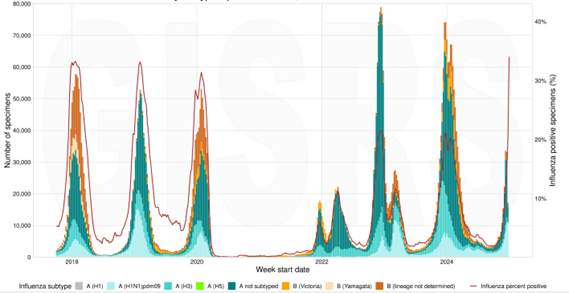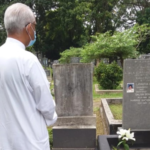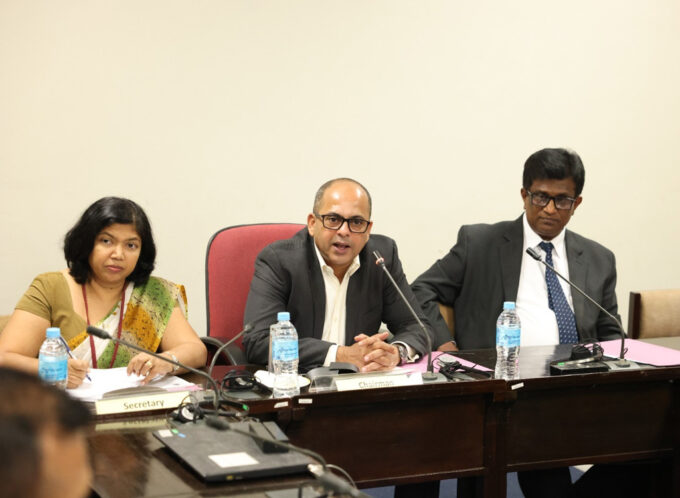The World Health Organization (WHO) says a rise in cases of human metapneumovirus (HMPV), a respiratory virus similar to the flu, is being reported across northern China and other parts of the north hemisphere. While alarming images of crowded hospitals have circulated online, health experts and the WHO emphasize that HMPV is a well-known seasonal virus and does not pose the same pandemic risk as COVID-19.
What Is HMPV?
HMPV, first identified in the Netherlands in 2001, is a virus that spreads through close contact or touching contaminated surfaces. For most people, it causes mild symptoms, including cough, fever, and nasal congestion, which are often indistinguishable from the common flu.
However, certain groups are more vulnerable: children under two, older adults, and people with weakened immune systems, such as those undergoing cancer treatment.
In these groups, the infection can lead to more severe respiratory complications, including wheezing, breathlessness, or symptoms of croup, requiring hospitalization in some cases.
Why Are Cases Rising?
According to the WHO, the increase in HMPV cases aligns with typical seasonal trends during late winter and spring, when viruses thrive in colder conditions. People spending more time indoors with poor ventilation contributes to its spread.
Currently experiencing freezing temperatures, Northern China has seen a notable rise in cases. Other countries in the northern hemisphere, including the UK and the US, are also reporting higher incidences. However, public health experts stress that this is consistent with historical data and not indicative of an unusual outbreak.
Risk of Another Pandemic?
Experts, including Dr. Hsu Li Yang, an infectious diseases specialist, assert that fears of an HMPV-driven pandemic are unwarranted, as BBC quoted. Unlike COVID-19, HMPV is not a new virus. Most individuals develop some immunity to it during childhood due to repeated exposures.
“This is not a new virus but part of the seasonal respiratory illness landscape,” said Paul Hunter, a medical professor at the University of East Anglia, UK, BBC reported.

How to Protect Yourself
While HMPV is not causing widespread alarm, taking sensible precautions can reduce the risk of infection:
- Wear a mask in crowded places
- Avoid large gatherings if you’re at higher risk
- Wash hands regularly and dispose of tissues securely
- Consider vaccination for related respiratory illnesses, such as flu or RSV, especially if you’re in a vulnerable group
The World Health Organization (WHO) emphasises that health authorities urge the public not to panic but to remain vigilant, especially during the winter when respiratory illnesses peak.
(Images and figures: WHO, TVN24)











Leave a comment